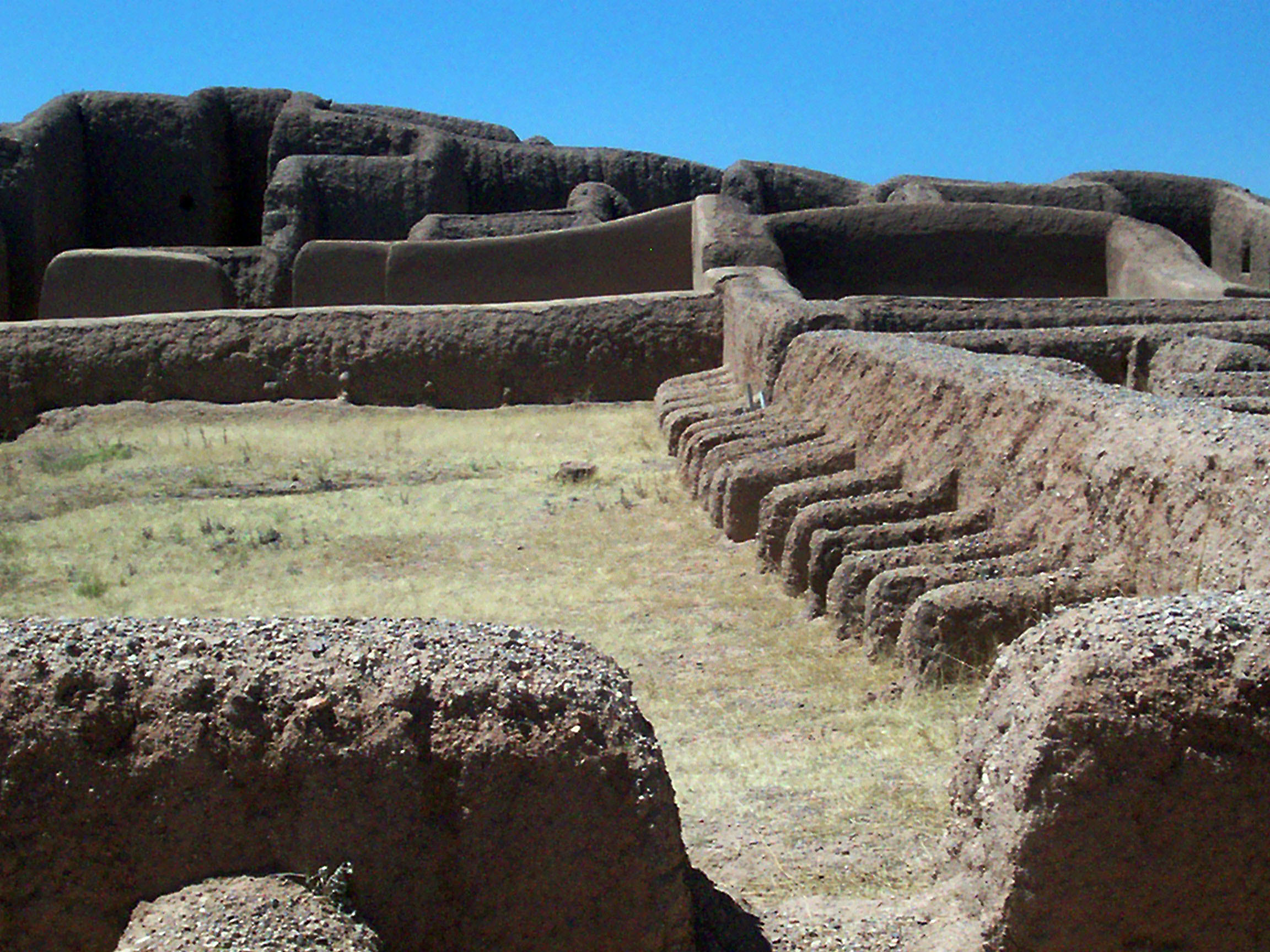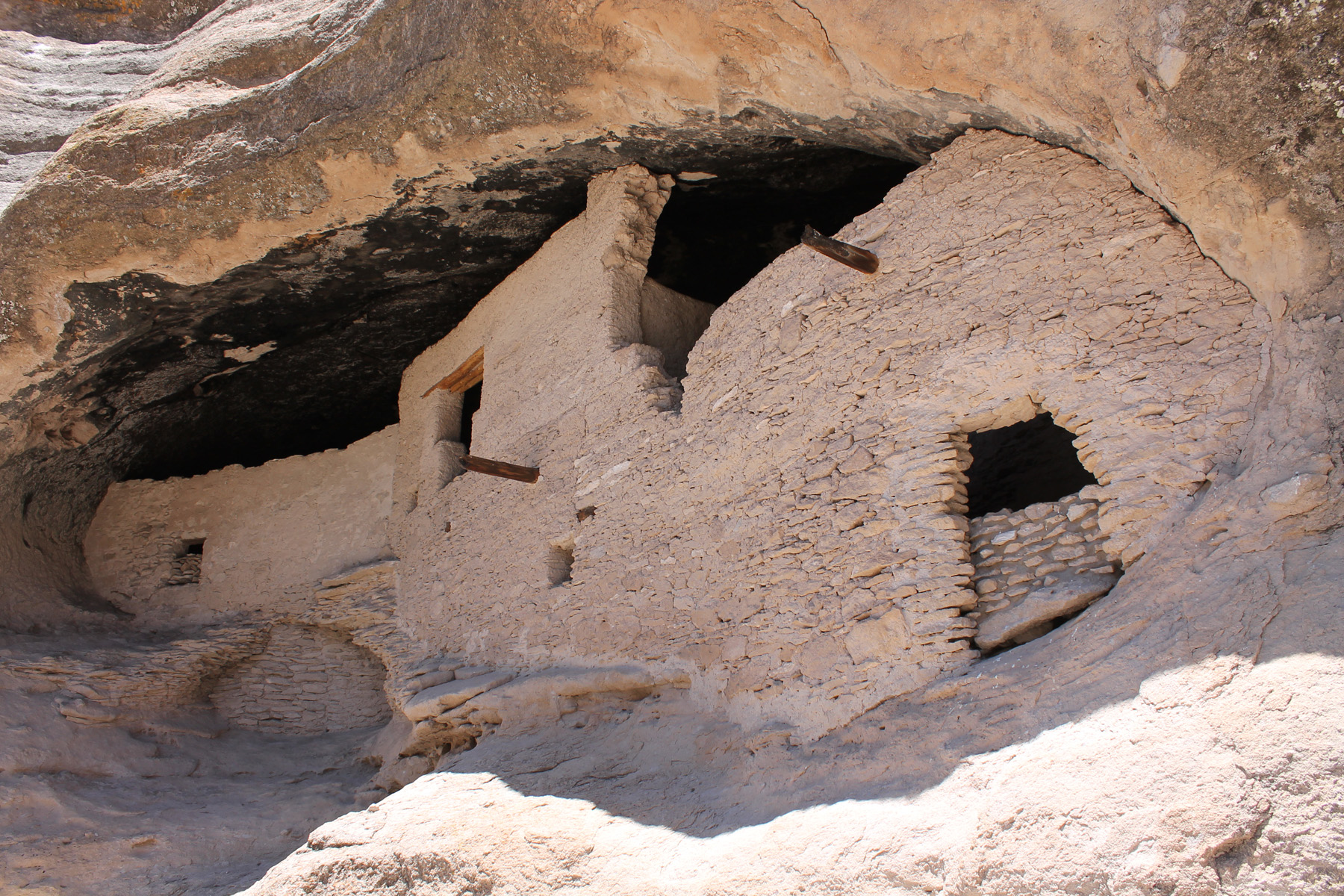Archaeologists from Brigham Young University (BYU) have been excavating a farming hamlet called San Diego near the Mogollon city of Casas Grandes, also called Paquimé, both located in the northern Mexican state of Chihuahua.
Casas Grandes is attributed to the Mogollon culture, one of the major prehistoric Southwestern cultural divisions of the Southwestern United States and Northern Mexico.
The culture emerged during the archaic period around AD 200, with construction at Casa Grandes occurring between AD 1130 and AD 1300. The initial settlement started as a group of 20 or more single storey house clusters, each with a plaza and enclosing wall.

After being burned around AD 1340, Casas Grandes was rebuilt with multi-story apartment buildings built of adobe, I-shaped Mesoamerican ballcourts, stone-faced platforms, effigy mounds, and a market area.
About 350 other, smaller settlement sites have been found in the Casas Grandes area of influence which extends around 30 kilometres (19 mi) from the city.
For the past 10 years, BYU researchers have studied a lesser-known time, the Viejo period, which predates the main era of Casas Grandes at the site of San Diego. In 2019, they uncovered the floor of the largest known communal structure from the Viejo period, a 9-metre-diameter building large enough to house 30 to 40 people.
Recent excavations at San Diego have found 1,000-year-old artefacts, consisting of ceramics, hammer stones, maize kernels, and a shell bead transported 250 miles from the Pacific Ocean, suggesting long distance interactions between the people of Casas Grandes and faraway cultures.

The team has employed some advanced technology to document their discoveries, including robotic surveying instruments that map artefacts with millimetre-level precision, survey-grade GPS, and unmanned aerial systems that take images of the site from the sky.
Professor Mike Searcy from BYU said: “Every shovel full of dirt that we pull out is providing new data on the ancient people who thrived in the desert.

The new excavations have enabled the researchers to learn about the resilience and ingenuity of the people living at the San Diego site, including the settlement’s organised building efforts to construct the communal structure.
Src: heritagedaily.com








